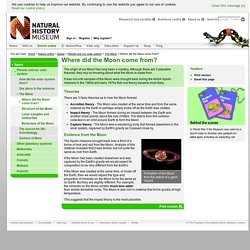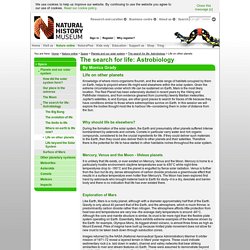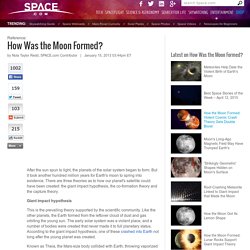

Pluto comes into focus. Updated Introduction Did you know that until very recently, the best images we had of Pluto were just a few pixels in size?

That's right: those pictures you had in your head of what Pluto looks like were mere artists' impressions. But that's all changed. Let me know about new Pluto photos Enter your email to be notified when we publish more detailed images taken by the New Horizons spacecraft. A piano-sized spacecraft named New Horizons has whizzed past the icy dwarf planet after a journey of more than nine years and 5 billion kilometres. Its close encounter has already replaced those tiny pixellated images with new ones revealing mystery dark spots, a light heart-shaped patch and a range of icy mountains. New Horizons has now sent back an initial set of images from its closest pass by Pluto, the first of which shows a range of icy mountains close to Pluto's equator, with peaks rising up to 3,500 metres. His NASA colleague John Grunsfeld calls the flyby "truly a hallmark in human history". A long history of the Moon (video)
Where did the Moon come from? The origin of our Moon has long been a mystery.

Although there are 3 plausible theories, they rely on knowing about what the Moon is made from. How did the solar system form? A pillar of dust and gas in the Eagle Nebula.

A huge cloud of dust Throughout the Milky Way, and other galaxies like it, are gigantic swirling clouds of dust and gas known as nebula. It is within nebula that stars are born. Our star, the Sun, was created in one such nebula. Something, perhaps the shock wave from an exploding supernova (dying star) triggered dust particles to be drawn together to form a dense spherical cloud. A star is born. The search for life: Astrobiology. Life on other planets Knowledge of where micro-organisms flourish, and the wide range of habitats occupied by them on Earth, helps to pinpoint where life might exist elsewhere within the solar system.

Given the extreme circumstances under which life can be sustained on Earth, Mars is the most likely location. The Red Planet has been extensively studied in recent years by the Viking and Pathfinder missions, and from evidence gleaned from (currently) twenty Martian meteorites. Jupiter's satellites, Io and Europa, are other good places to search for traces of life because they have conditions similar to those where extremophiles survive on Earth. In this session we will explore the bodies thought most like to harbour life--considering them in order of distance from the Sun.
Why should life be elsewhere? GCSE Bitesize: The Big Bang theory. The formation of the planets. How Was the Moon Formed? After the sun spun to light, the planets of the solar system began to form.

But it took another hundred million years for Earth's moon to spring into existence. There are three theories as to how our planet's satellite could have been created: the giant impact hypothesis, the co-formation theory and the capture theory. Giant impact hypothesis This is the prevailing theory supported by the scientific community. Like the other planets, the Earth formed from the leftover cloud of dust and gas orbiting the young sun. Known as Theia, the Mars-size body collided with Earth, throwing vaporized chunks of the young planet's crust into space.
Co-formation theory Moons can also form at the same time as their parent planet. Capture theory Perhaps Earth's gravity snagged a passing body, as happened with other moons in the solar system, such as the Martian moons of Phobos and Deimos. Related: Where did the Moon come from? The origins of the planets.